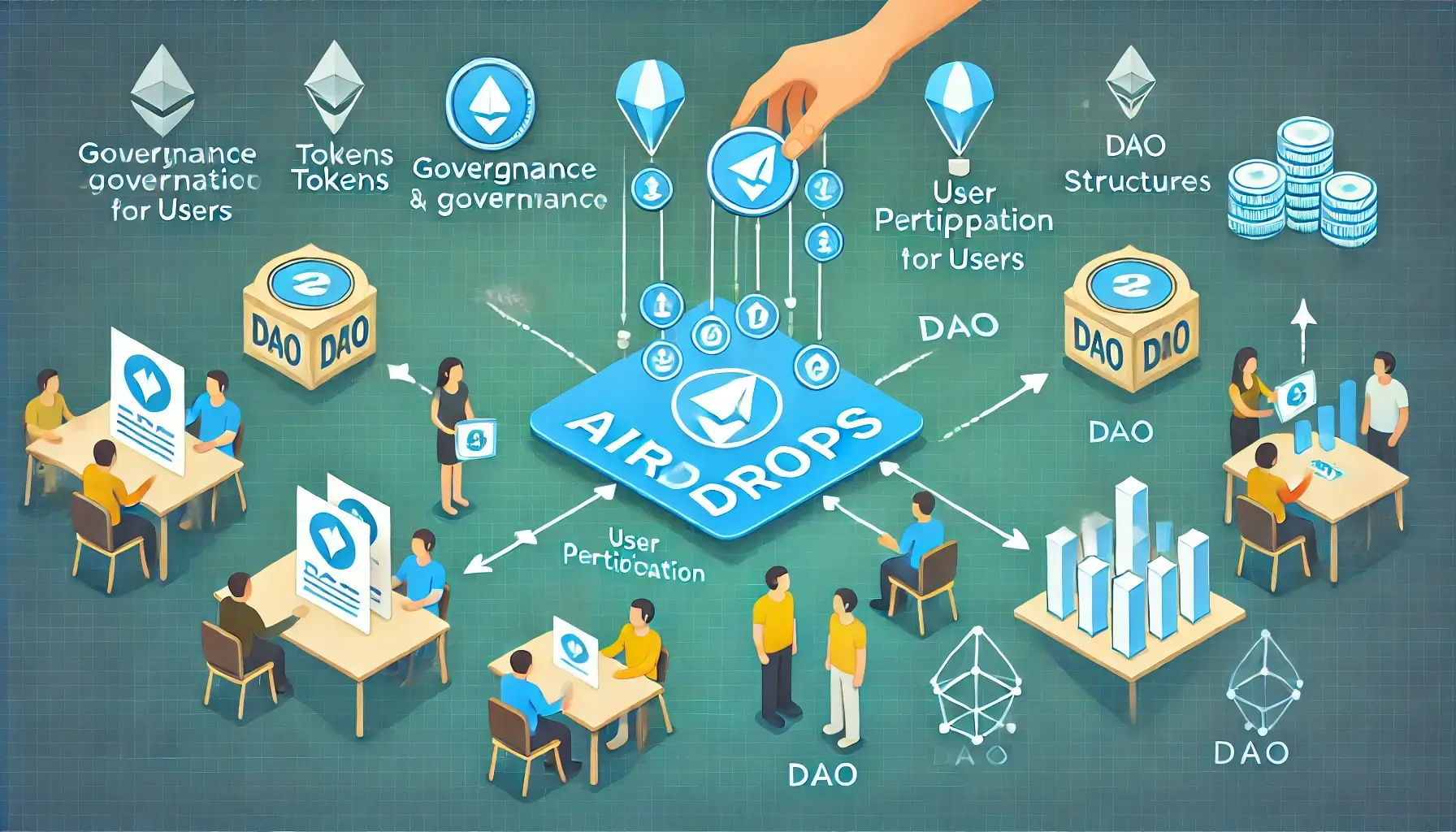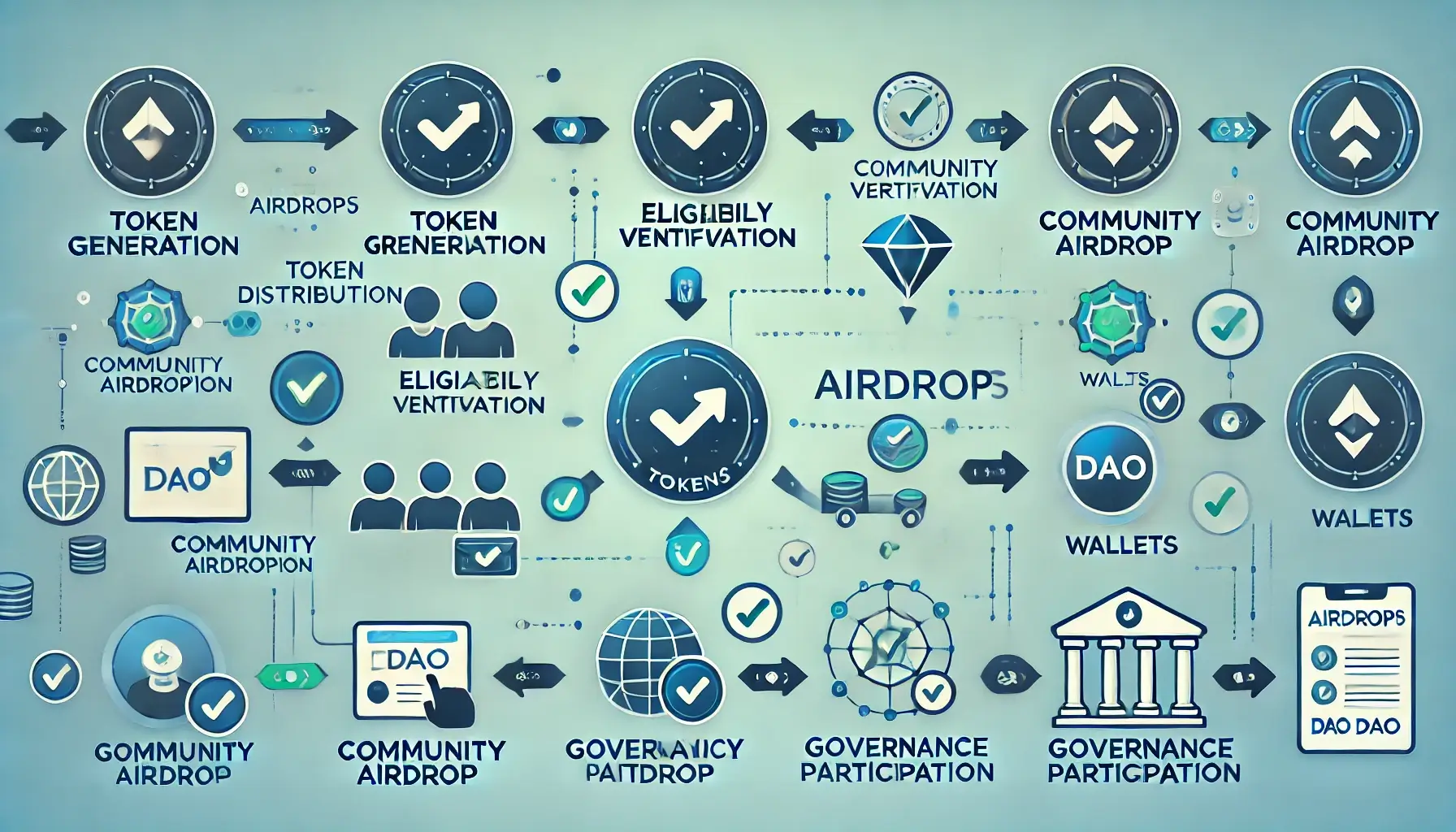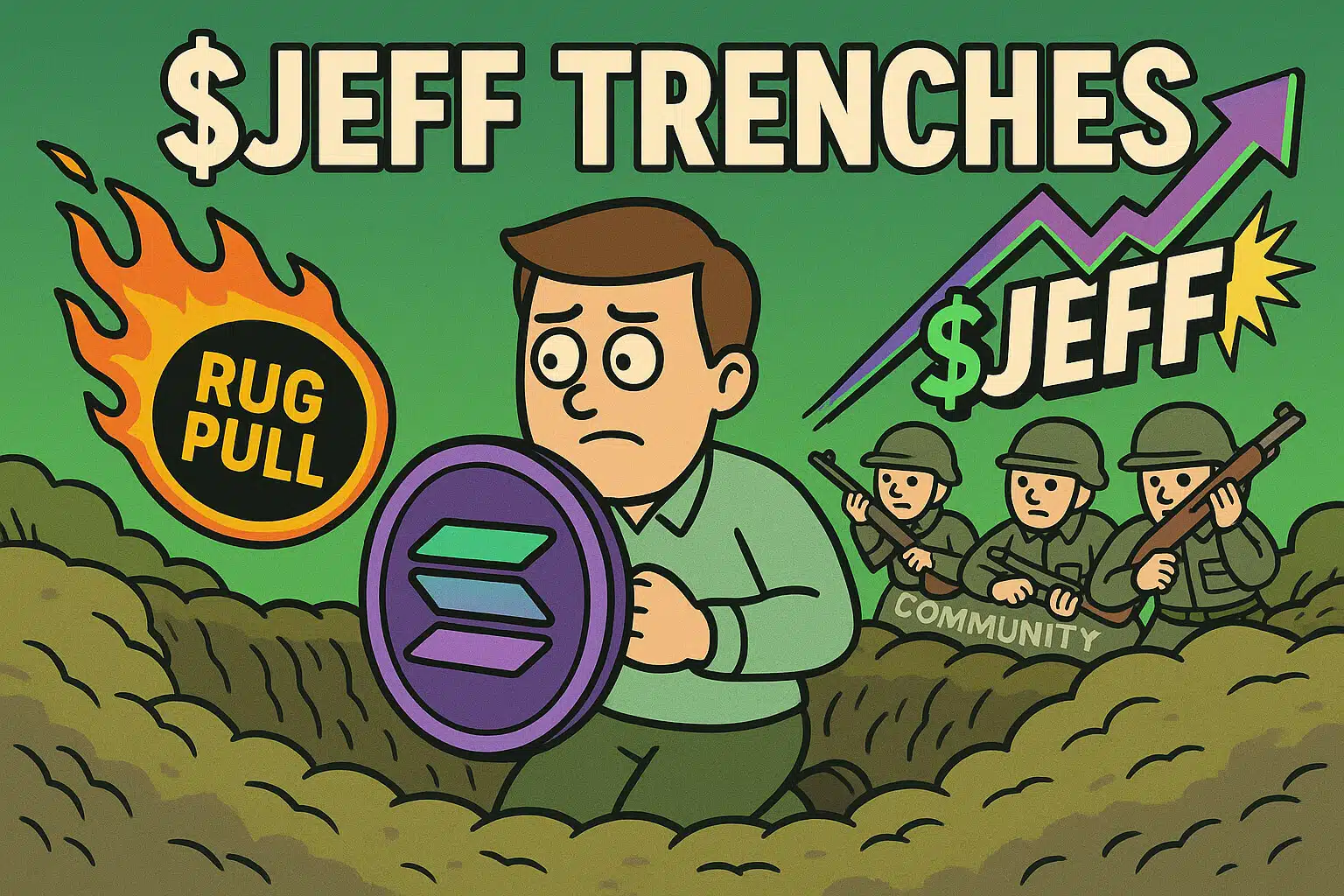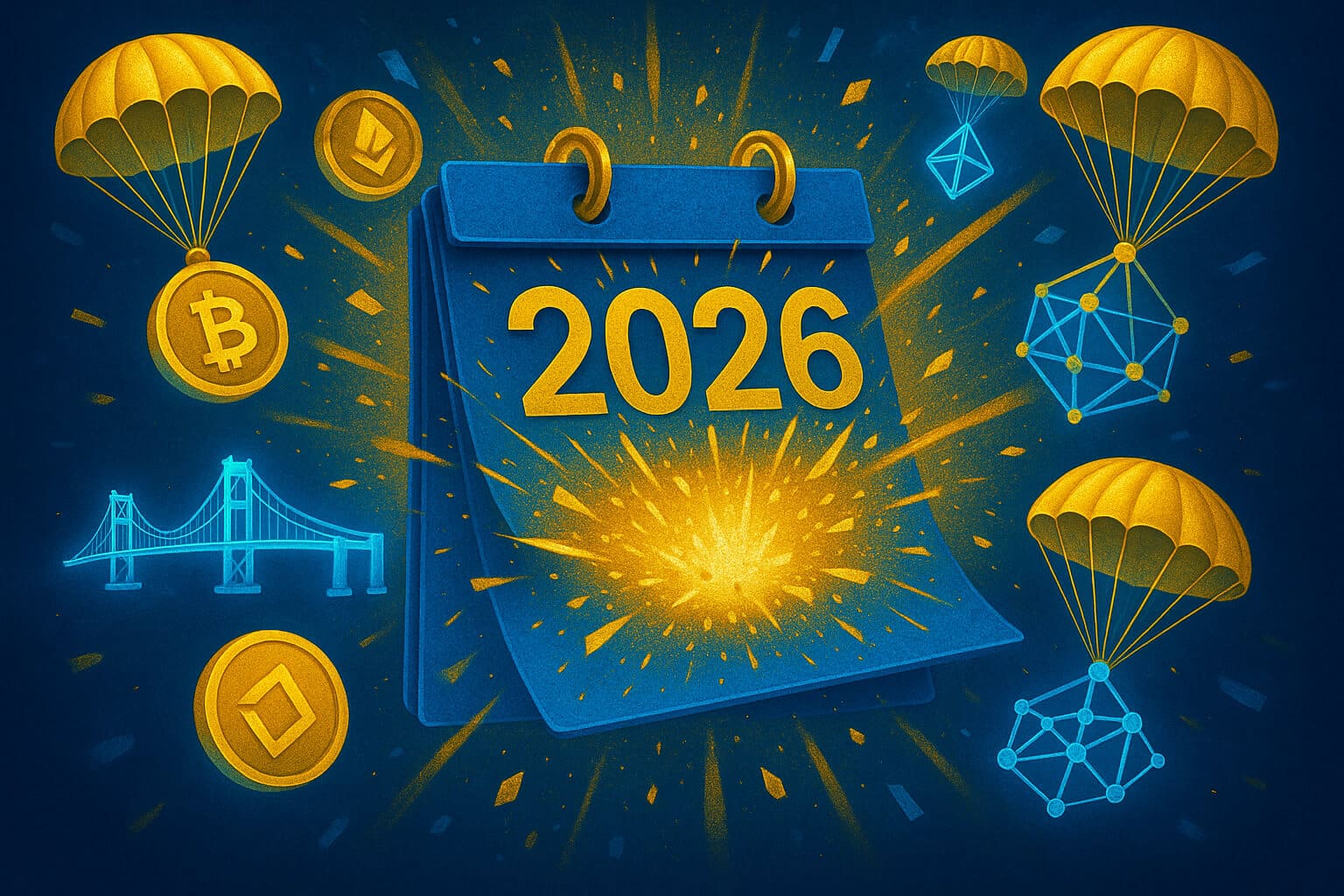Token distribution is a critical component of any blockchain ecosystem. It determines how tokens are allocated among users, developers, investors, and other participants. Traditionally, token distribution relied on methods like Initial Coin Offerings (ICOs), private sales, or staking rewards. However, airdrops have emerged as a revolutionary tool, reshaping token distribution models and driving adoption in blockchain ecosystems.
By distributing tokens directly to users for free, airdrops foster decentralization, encourage participation, and create a strong foundation for community-driven ecosystems. In this article, we’ll explore how airdrops are transforming token distribution models and their broader implications for blockchain projects.
1. What Are Airdrops and Why Are They Important for Token Distribution?
Airdrops refer to the free distribution of cryptocurrency tokens to wallet holders, often as part of a promotional campaign or to reward early adopters. Unlike ICOs or token sales, airdrops require little to no financial commitment from users, making them an inclusive and accessible method of token distribution.
Key Reasons Airdrops Are Vital for Token Distribution Models:
- Decentralization: Airdrops spread tokens across a wide audience, ensuring more decentralized ownership.
- User Engagement: By offering free tokens, projects incentivize users to explore their platforms and ecosystems.
- Fairness: Airdrops provide an equitable way to distribute tokens, especially to active community members or early adopters.
2. How Airdrops Are Reshaping Token Distribution Models
2.1 Promoting Decentralization
One of the primary goals of blockchain ecosystems is decentralization, where control and decision-making power are distributed among a wide network of participants. Airdrops play a key role in achieving this by allocating tokens to thousands, or even millions, of users.
For example:
- Uniswap’s Airdrop (UNI): Distributed tokens to its early users, fostering a highly decentralized governance model.
- Arbitrum’s Airdrop (ARB): Rewarded users who interacted with its Layer 2 network, further decentralizing its ecosystem.
These examples highlight how airdrops ensure that tokens are not concentrated in the hands of a few investors or developers but are widely distributed among a diverse group of users.
2.2 Driving User Adoption and Ecosystem Growth
Airdrops incentivize users to explore new platforms, use decentralized applications (dApps), and contribute to blockchain networks. By receiving tokens, users are encouraged to participate in staking, governance, and other ecosystem activities.
For instance:
- Projects like Optimism reward users with tokens for interacting with their Layer 2 solutions, which drives user activity and builds a loyal community.
- DeFi platforms distribute tokens to liquidity providers through liquidity mining programs, ensuring their ecosystems remain active and robust.
By integrating airdrops into their token distribution models, blockchain projects can rapidly grow their user base and accelerate ecosystem development.
2.3 Enhancing Governance Participation
Many airdrops include governance tokens, which empower users to vote on important decisions regarding the project’s future. This fosters a sense of community ownership and ensures that decisions reflect the interests of a diverse group of stakeholders.
For example:
- Compound’s COMP Airdrop: Distributed governance tokens to platform users, enabling them to shape the protocol’s direction.
- MakerDAO’s MKR Airdrop: Encouraged participation in decentralized governance, ensuring the platform remained community-driven.
Airdrops make governance accessible to all participants, promoting a truly decentralized decision-making process.
3. Challenges and Risks in Airdrop-Based Token Distribution
3.1 Token Dumping and Price Volatility
One of the biggest risks associated with airdrops is token dumping, where recipients sell their free tokens immediately, leading to price volatility.
Solution: Projects can implement vesting schedules or require users to complete specific tasks before they can access their tokens fully.
3.2 Targeting the Right Audience
Not all airdrop participants are genuinely interested in the project. Some may only claim tokens for short-term gains.
Solution: Airdrops should target active users or contributors who are more likely to engage with the ecosystem long-term.
3.3 Scalability Issues
Distributing tokens to a large number of users can strain blockchain networks, leading to high gas fees or network congestion.
Solution: Projects can leverage scalable blockchains or Layer 2 solutions to execute airdrops efficiently.

4. Examples of Successful Airdrop Token Distribution Models
4.1 The Uniswap (UNI) Airdrop
Uniswap, a leading decentralized exchange, distributed 400 UNI tokens to its early users. This airdrop not only rewarded loyal users but also empowered them with governance rights, ensuring the platform’s decentralized growth.
4.2 The Stellar (XLM) Airdrop
Stellar used airdrops to introduce millions of users to its blockchain. By distributing tokens to wallet holders, Stellar increased adoption and built a strong user base.
4.3 The Arbitrum (ARB) Airdrop
Arbitrum rewarded its active users with ARB tokens, encouraging them to engage with its governance system and support its Layer 2 scaling solutions.
5. The Future of Token Distribution Through Airdrops
As blockchain ecosystems evolve, airdrop strategies will become more sophisticated. Here are some trends to watch:
5.1 Performance-Based Airdrops
Future airdrops may reward users based on their activity or contributions to the ecosystem, ensuring tokens are distributed to the most engaged participants.
5.2 Multi-Chain Airdrops
With the rise of interoperability, projects may distribute tokens across multiple blockchain ecosystems, expanding their reach and fostering collaboration between networks.
5.3 Integration with Decentralized Identity (DID)
Airdrops may leverage decentralized identity solutions to verify user eligibility, ensuring that tokens are distributed fairly and securely.
Conclusion
Airdrops have become a transformative force in token distribution models, reshaping how blockchain ecosystems allocate power and resources. By promoting decentralization, driving user engagement, and enhancing governance participation, airdrops play a vital role in the growth and success of decentralized projects.
While challenges like token dumping and scalability remain, innovative strategies are helping projects overcome these hurdles and unlock the full potential of airdrops. As blockchain ecosystems continue to evolve, airdrops will remain a cornerstone of token distribution, fostering vibrant and inclusive communities.
For more insights and detailed guides on blockchain strategies and token distribution, visit our Blockchain Technology Guides.
Stay Updated
For the latest updates on tokenomics, blockchain strategies, and airdrop campaigns, follow us on:
Stay informed with cutting-edge crypto insights at FreeCoins24.io.
Special Offer
Want to trade tokens earned through airdrops? Sign up on Bybit today and receive up to $30,000 in deposit bonuses. Start trading confidently on one of the top crypto platforms.

















